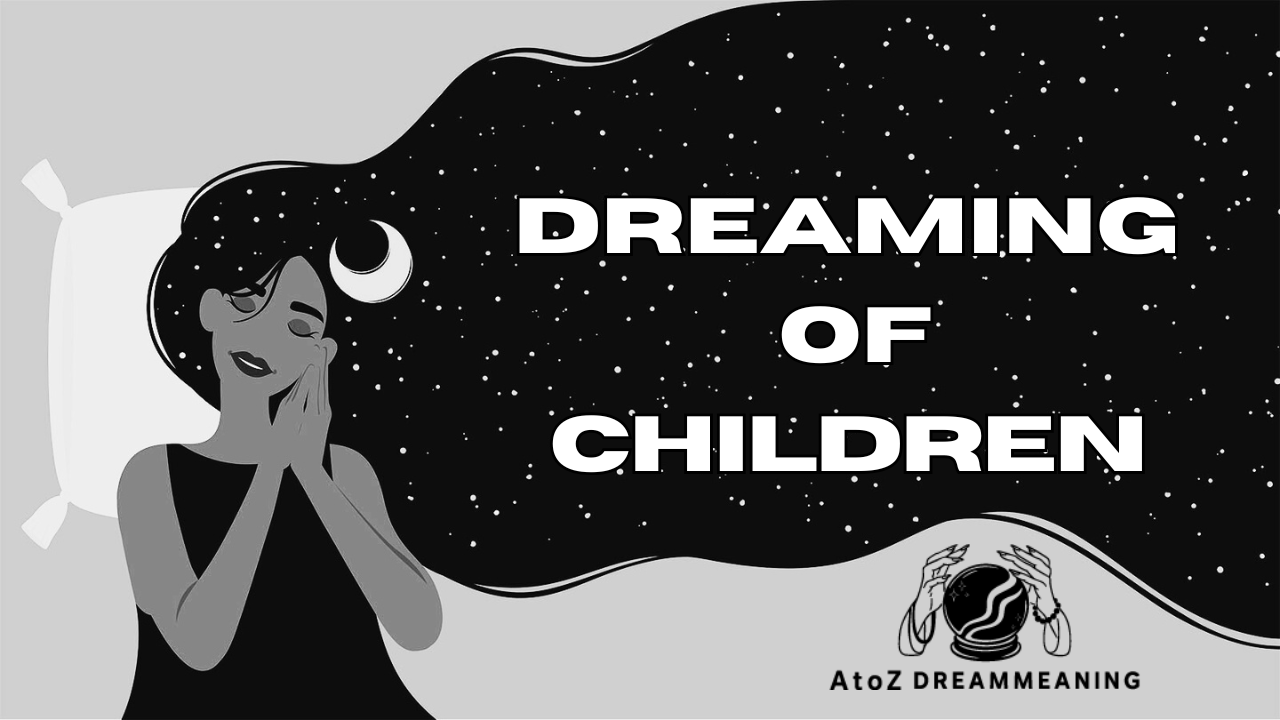Animals are more prevalent in children’s dreams than in those of adults, according to research done at the University of Virginia. It might be because parents think kids are only interested in animals. Furthermore, frightening animals are more common than non-frightening animals like sheep, butterflies, or birds. Examples of these frightening animals include lions, snakes, crocodiles, and wolves. Children often use animals to represent their hopes and anxieties.
Children also appear to dream about aggression more frequently than adults. Children dream about violent behavior twice as frequently as adults, which is surprising. It could be a result of the idea that kids are still working on impulse control in order to survive and function in a civilized society. They are making an effort to control their impulses.
Intriguingly, the research revealed that girls’ dreams were longer than boys’. More people and clothing appeared in girls’ dreams. More tools and objects appeared in boys’ dreams.
Children frequently experience nightmares as a result of being disciplined by their parents, being ill, or having a chaotic home life.

What do children’s nightmares entail?
Children often wake up from nightmares because they are frightening or frightful dreams. The final third of the night, when we get more rapid eye movement (REM) sleep, is when these dreams typically happen. They may include emotions like anger, sadness, embarrassment, or disgust, as well as fear or anxiety.
Children may find it difficult to fall back asleep after having a nightmare because they perceive them as being extremely real. Others may fight going to bed because they fear having nightmares.
Related: Windows Dream Meaning
Which kids are more prone to having nightmares?
The majority of kids have at least one nightmare. Nightmares that are chronic or very frequent occur less frequently.
Children can experience nightmares at any age, but they typically begin between the ages of 3 and 6 and lessen after age 10. After the age of twelve, girls are more likely than boys to have nightmares.
By the developmental stage, different types of nightmares exist. For younger children, dreams about being separated from their caregivers or seeing a monster are common. Children who are older are more likely to have nightmares linked to scary movies or upcoming stressors like starting a new school.
Related: Suffocation Dream Meaning

Is it possible to lower my child’s risk of nightmares?
You can take the following actions to lessen your child’s risk of having nightmares:
Ensure that they get enough rest. Sometimes, children require more sleep than they typically do (check out recommendations from the American Academy of Sleep Medicine for optimal hours for each age group). The frequency and intensity of nightmares can be decreased by getting enough sleep.
Make the bedtime ritual enjoyable and lighthearted. In the 30 to 60 minutes before bedtime, refrain from letting your child watch scary movies or TV shows or read gory bedtime stories. Avoid reading anything that might be upsetting.
Discuss the nightmare throughout the day. Check to see if the nightmares have a pattern, especially if they come on a regular basis. They may worry about their families, go to school, or have other troubling dreams. Work to identify and discuss the stressors in your child’s life.
Your child needs comfort and assurance. It is appropriate to be cozy and affectionate at this time. After the nightmare, stay with your child for a short while. Most people are still sleepy and will soon be able to do so again.
Related: Road Dream Meaning



